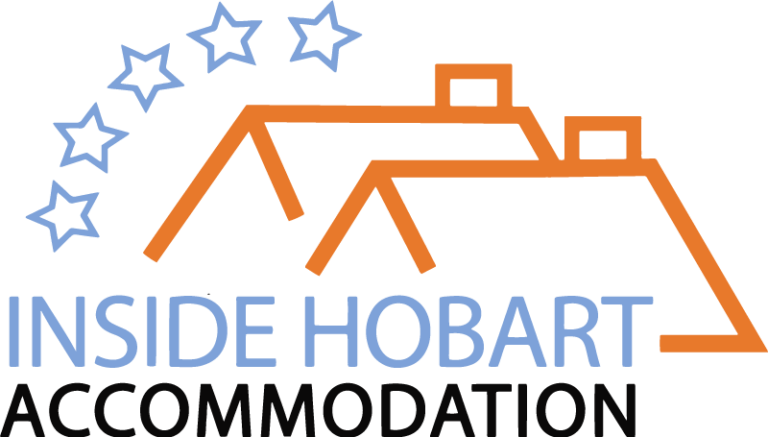Discover the very best of Hobart and surrounds on Inside Hobart’s Local Attractions page. We’ve carefully curated a selection of must-see sights, hidden gems, historic landmarks, vibrant markets, and scenic spots to ensure our guests experience Tasmania like locals. From iconic locations such as Salamanca Market, MONA, and kunanyi/Mount Wellington to charming cafés, picturesque trails, family-friendly activities, and gourmet dining experiences, our recommendations highlight everything that makes Hobart a memorable destination.
Ready to start exploring? Book your stay directly through Inside Hobart to get the best rates and local insights. Let us help you create the perfect Hobart experience—one unforgettable attraction at a time.

Hobart Zoo & Aquarium: A Day of Discovery, Play and Wonder
Located just a short drive from central Hobart, the Hobart Zoo & Aquarium is quickly becoming one of Tasmania’s most exciting family attractions. This beautifully designed zoo blends nature, sustainability... and innovation into one unforgettable experience — and it's open rain, hail or shine. At the heart of the zoo is the vision of founder Stuart Webster, whose lifelong dream has been to create the most beautiful zoo in the world. What began as a childhood passion has grown into a world-class destination that reimagines how we connect with wildlife. Tasmania’s Largest Aquarium Step inside and discover Tasmania’s largest aquarium — a breathtaking, all-weather attraction that showcases the state’s stunning marine and freshwater ecosystems. Wander through immersive exhibits, get up close with local sea life, and experience the magic of underwater worlds in comfort, all year round. Incredible Animal Encounters The zoo is home to a growing range of wildlife experiences, including a purpose-built Cotton Top Tamarin exhibit, designed to the highest standards of animal care. And don’t miss Franklin, the baby Southern Wombat who has already won hearts and become a star among visitors young and old. Feed the Budgies at 10:00 AM Daily Each morning at 10:00 AM, visitors are invited to enter the walk-in aviary for an interactive bird-feeding experience. Hand-feed cheeky budgies with seed sticks and enjoy the lively colour, sound and movement of these charming birds. It’s an ideal activity for kids and bird lovers alike, and no booking is required. Indoor & Outdoor Play for All Ages Hobart Zoo & Aquarium is packed with activities to keep children entertained all day long. The indoor playground is fully heated and air-conditioned, making it perfect for colder or rainy days. Outside, kids can enjoy five unique play zones including: A 6-metre Climbing Tower in the Barn Yard A hands-on Mud Kitchen Play Area The Exploration Fort, designed especially for little adventurers under five All playgrounds are included with general admission. Family Fun, Every Day With a café, gift shop, shaded picnic spots and plenty of space to explore, Hobart Zoo & Aquarium is built for families looking to make the most of their day out. Whether you're meeting Franklin, feeding budgies, or exploring the aquarium, there’s something for everyone to enjoy. As the zoo continues to grow and expand, now is the perfect time to visit and witness the dream in action.
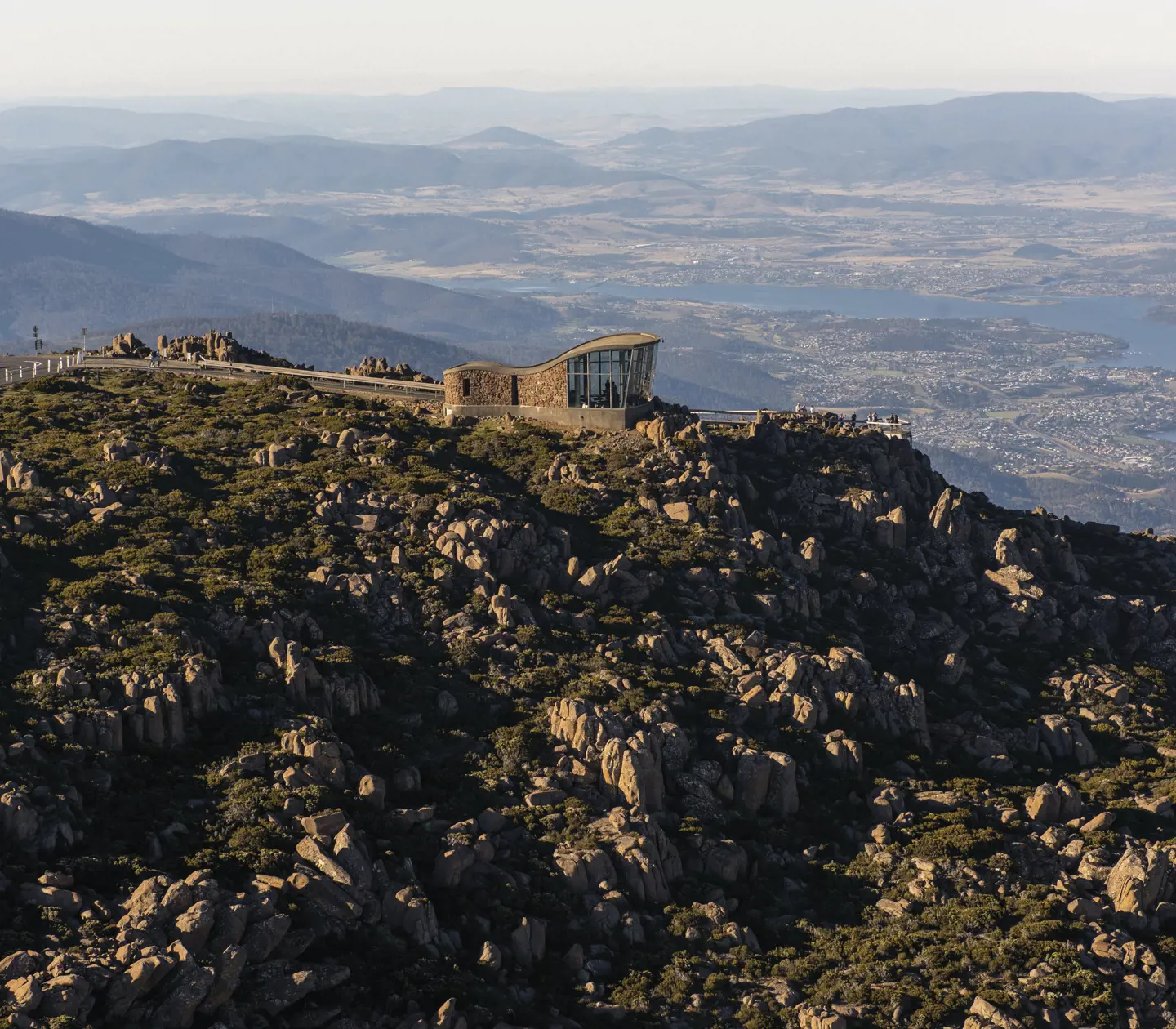
kunanyi/Mount Wellington
Just a 20-minute drive from the city, kunanyi / Mount Wellington is where Hobart shows off. Rising more than 1200 metres above the harbour, this majestic mountain offers panoramic views that stretch across... the River Derwent, Bruny Island, and even as far as the Tasman Peninsula on a clear day. Locals head up for the sunrise, snow flurries, and that crisp alpine air. Whether you're hiking one of the forest trails, snapping photos from the summit lookout, or watching the clouds drift by from the Pinnacle Shelter, kunanyi makes you feel like you’re on top of the world — yet still just minutes from your stay. If you’d rather not drive, the kunanyi / Mt Wellington Explorer Bus is a great way to sit back, relax, and enjoy the journey to the summit with informative commentary along the way. Pack a warm jacket, bring your curiosity, and let this mountain add a little magic to your time in Hobart.
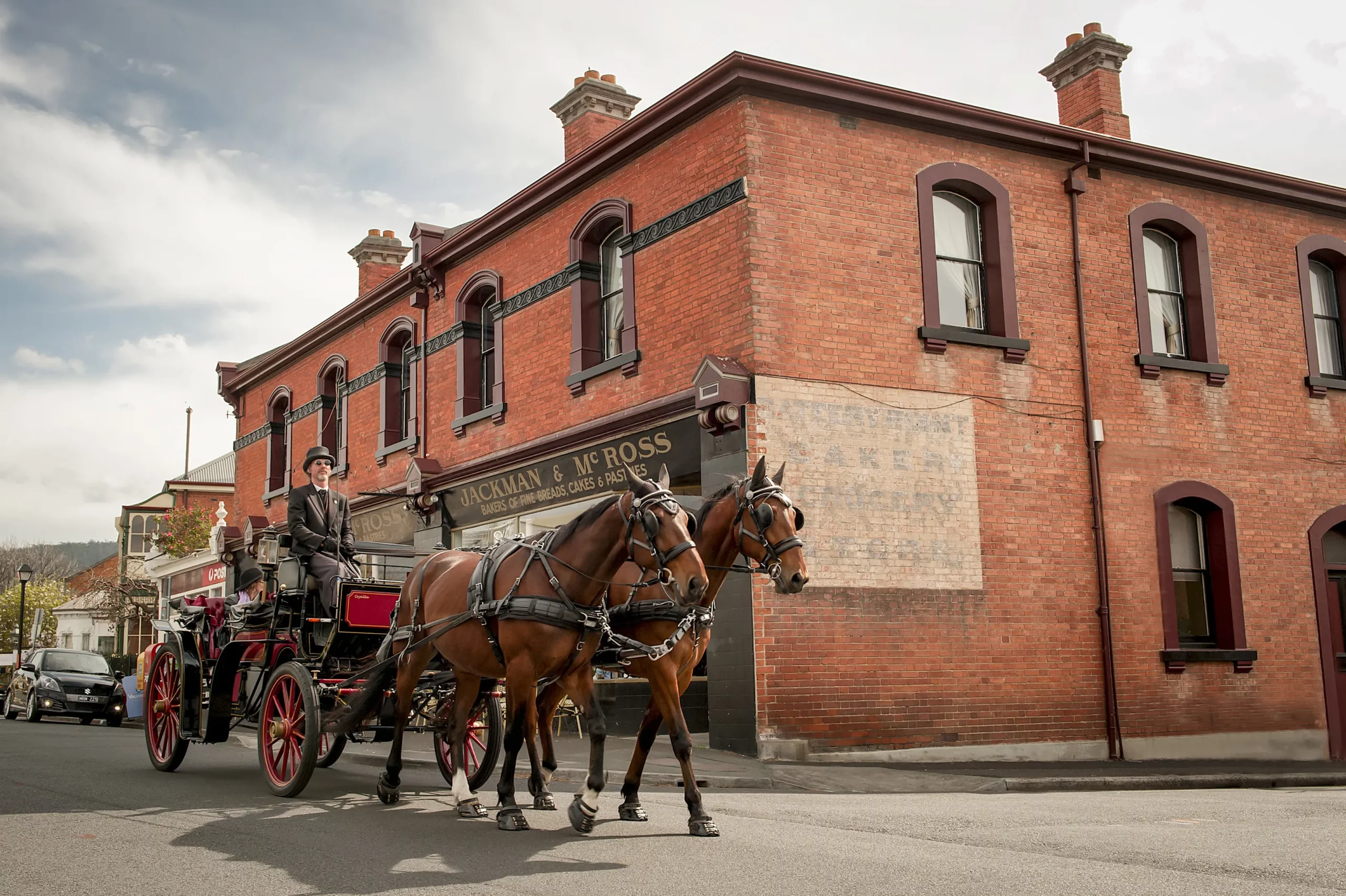
Battery Point: Hobart’s Timeworn Treasure
Tucked just above Salamanca, Battery Point is one of Hobart’s most character-rich suburbs — a storybook mix of sandstone steps, seafarers' tales, and heritage charm. The area takes its name from the... Mulgrave Battery built in 1818 to defend the port, but its true spirit lies in its narrow lanes and colonial-era homes. Accessed via Kelly’s Steps, carved into the cliff by whaling captain James Kelly in 1839, the neighbourhood was once the go-to for Hobart’s maritime workers. Today, it’s a peaceful enclave of dockworker cottages and merchant mansions — including Narryna, a Georgian-era house museum, and Lenna of Hobart, now a boutique hotel with sweeping views and a boutique distillery. At the heart of it all is Arthur Circus: a ring of quaint cottages circling a tiny green, once affordable housing for working families, now among Hobart’s most coveted addresses. With its layers of history and evolving character, Battery Point is where Hobart’s past and present meet.

Royal Tasmanian Botanical Gardens
Just a short stroll from Hobart’s city centre, the Royal Tasmanian Botanical Gardens are a peaceful haven tucked away on the edge of the Derwent River. Established in 1818, these gardens are not only... Australia’s second-oldest botanic gardens, but also one of the most picturesque spots in the state – perfect for a lazy afternoon or a scenic picnic. The gardens are home to a diverse collection of native and exotic plants, including a tranquil Japanese Garden, vibrant seasonal flower beds, and one of the world’s only Subantarctic Plant Houses, where you can experience the icy environment of Macquarie Island without leaving Tasmania. There’s something to see in every season, from tulips in spring to fiery leaves in autumn. Visitors love wandering the winding paths, spotting platypus in the ponds, and stopping by the café for a cuppa with a view. It’s free to enter (with donations welcomed), making it a must-visit for locals and tourists alike. Whether you’re a keen gardener, a nature lover, or just looking to unwind, the Royal Tasmanian Botanical Gardens is a serene slice of Hobart you’ll want to return to again and again.
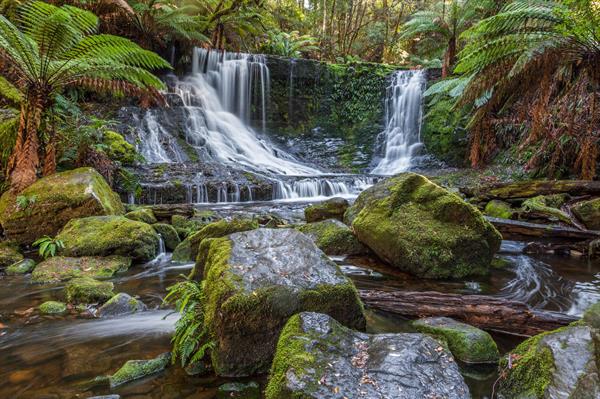
Mount Field National Park
Just an easy drive from Hobart, Mount Field National Park is one of Tasmania’s most diverse and spectacular natural escapes. As one of the state’s oldest national parks—alongside Freycinet—and... part of the Tasmanian Wilderness World Heritage Area, Mount Field offers visitors a rich blend of cool-temperate rainforest, alpine scenery, and dramatic mountain landscapes. At the base of the park, three stunning waterfalls cascade through lush rainforest, including the iconic Russell Falls, one of Tasmania’s most photographed natural wonders. Venture higher and you’ll discover glacial lakes, the beautifully scenic Tarn Shelf, and unique Tasmanian alpine flora such as pandani, scoparia, pineapple grass, and cushion plants. In autumn, Mount Field becomes a destination for the “turning of the fagus”, as the native Nothofagus gunnii bursts into colour, an annual event for photographers and hikers alike. In winter, the upper reaches of the park transform into one of Tasmania’s two alpine ski fields. Standing tall among the park’s rainforest giants is the swamp gum (Eucalyptus regnans), the tallest tree species in Australia, growing up to 100 metres high, second only to California’s redwoods among the world’s tallest flowering plants.
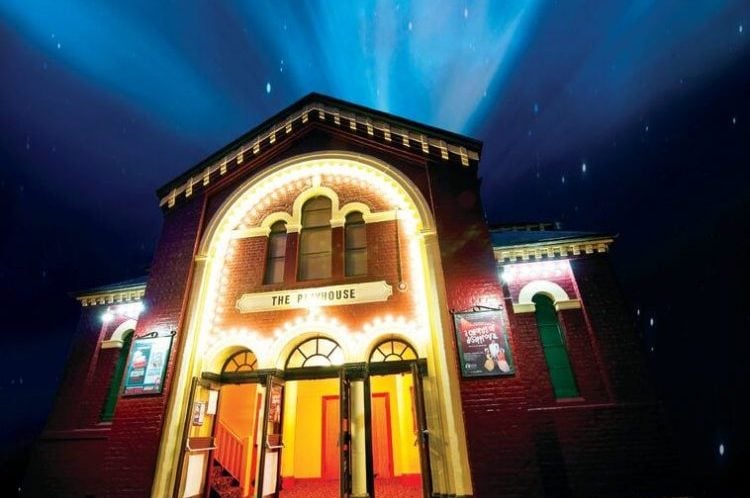
The Playhouse Theatre
Located in the heart of Hobart’s CBD, the Playhouse Theatre is a beautifully preserved Italian-style theatre and the heritage home of the Hobart Repertory Theatre Society (HRTS). Originally a chapel,... this charming and intimate venue exudes the atmosphere of live performance from every wall. One of Tasmania’s most respected performing arts organisations, HRTS has been bringing productions to life since 1927 and has called the Playhouse home for over 80 years. With seating for 230 and a central location near Hobart’s best restaurants and hotels, it’s the perfect place to enjoy live theatre in a warm and welcoming setting. Whether you're a local or a visitor, the Playhouse Theatre offers great entertainment at popular prices, and remains a beloved part of Hobart’s vibrant cultural scene.
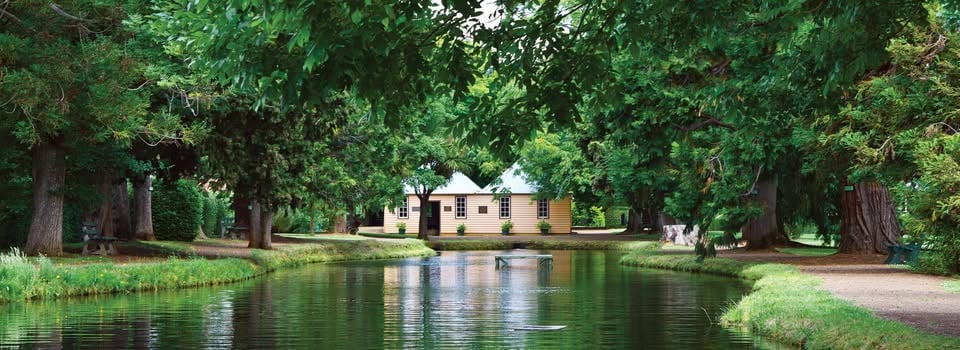
Salmon Ponds
Step back in time as you explore the historic Trout Hatchery and Angling Museum, set within a beautifully preserved 19th-century English-style public space. Wander among mature trees, manicured lawns,... and tranquil fish ponds that bring Tasmania’s rich angling heritage to life. Visit the Museum of Trout Fishing and the Angling Hall of Fame, then relax with a delicious meal at Pancakes by the Ponds, a licensed restaurant and café offering scenic views. The site also features conference and convention facilities, a peaceful picnic area with BBQs, and a charming gift shop, making it an ideal stop for families, fishing enthusiasts, and history lovers alike.
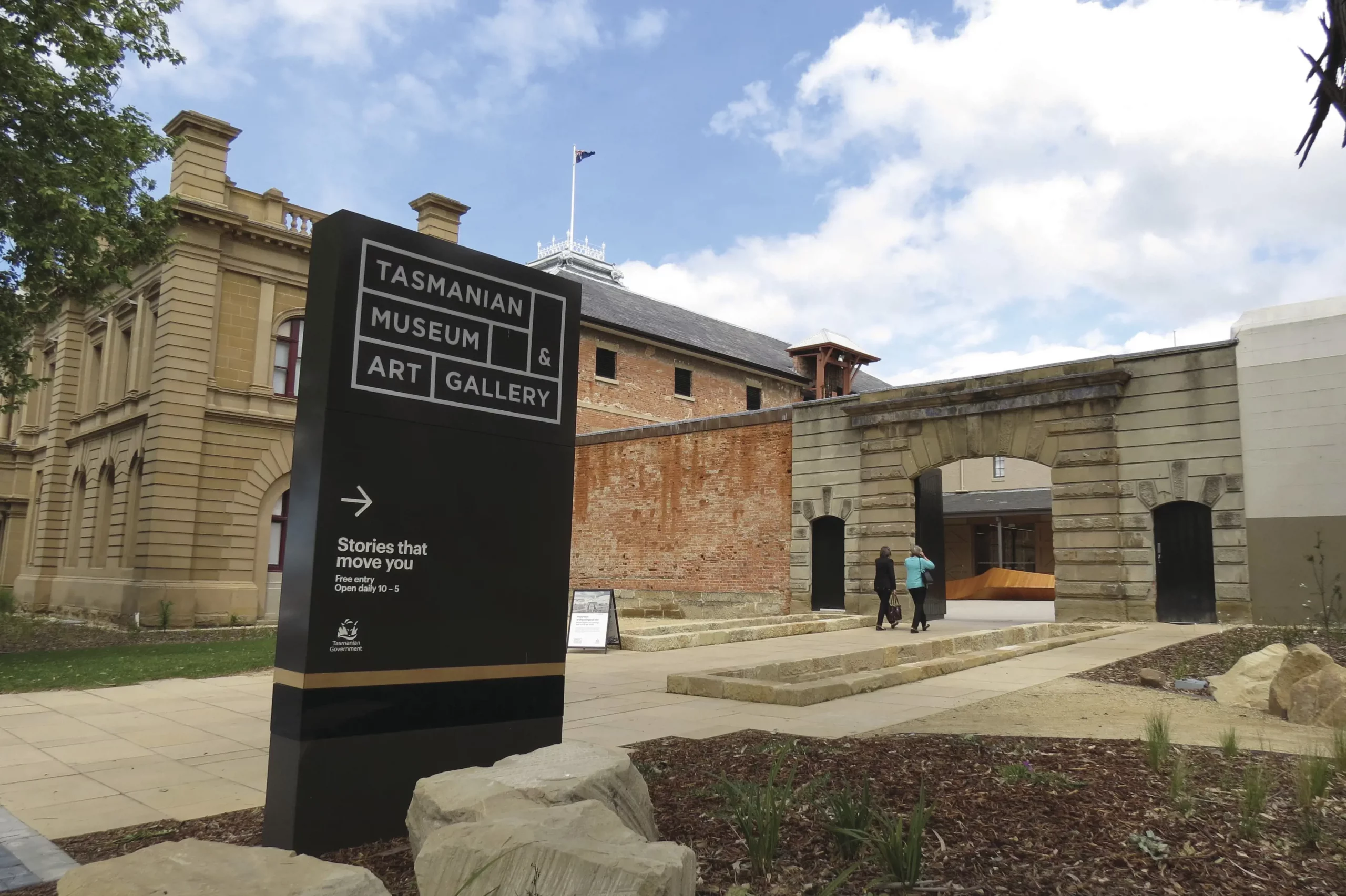
Tasmanian Museum and Art Gallery (TMAG)
The Tasmanian Museum and Art Gallery (TMAG) is Tasmania’s premier institution for natural history, cultural heritage, and art. Located in the heart of Hobart, TMAG combines a museum, art gallery, and... herbarium, offering an immersive journey into Tasmania’s unique identity and environment. Established in 1843 by the Royal Society of Tasmania—Australia’s oldest scientific society—TMAG is the second-oldest museum in Australia. The museum precinct spans one of the country’s most historically significant sites, featuring heritage buildings such as the 1808–10 Commissariat Store, the Private Secretary's Cottage (built before 1815), and the 1902 Custom House, Tasmania’s first federal building. With free entry and engaging exhibitions for all ages, TMAG is a must-visit for those wanting to explore Tasmania’s rich natural and cultural legacy.

Bonorong Wildlife Sanctuary
At Bonorong, you can meet the iconic Tassie Devils, gently pat wombats, and hand-feed the sanctuary’s friendly kangaroos. Located just a short drive from Hobart, Bonorong is more than a wildlife park... — it’s a working sanctuary dedicated to the care, rehabilitation, and protection of Tasmania’s native animals. Bonorong operates Tasmania’s largest 24/7 Wildlife Rescue Service, with a passionate network of thousands of volunteer rescuers across the state. In 2018, Bonorong also proudly opened Tasmania’s first and only dedicated wildlife hospital, providing critical care to injured and orphaned animals. Daily guided tours run at 10:00 am, 11:30 am, 1:30 pm, and 3:30 pm and are free with your general admission ticket. Each tour runs for approximately 30 minutes and offers a closer look at animals like orphaned wombats, Tasmanian devils, and echidnas (pending availability). You’ll hear the unique survival stories behind the sanctuary’s residents and learn more about Bonorong’s vital conservation work. Many of Tasmania's iconic native animals are most active after dark. To experience the sanctuary at its very best, join in on the Bonorong Night Tour, where you can get up close and help your experienced guide feed these remarkable creatures their dinner — an unforgettable experience under the stars. Whether you're visiting during the day or at night, Bonorong offers a rare and rewarding opportunity to connect with Tasmania’s extraordinary wildlife while supporting a cause that truly makes a difference. Bonorong is peaceful and relaxing, featuring picturesque views that make it a perfect spot for a picnic lunch. A small snack kiosk is available on-site. We love Bonorong so much that we purchase an annual pass each year—it truly is one of our favourite places to visit!

MONA, The Museum of Old and New Art
The Museum of Old and New Art (MONA) is located within the Moorilla winery on Hobart’s picturesque Berriedale Peninsula. Owned by David Walsh, MONA is Australia's largest privately funded museum and... is internationally acclaimed as one of Tasmania’s premier tourist attractions. Known for its challenging, thought-provoking, and often controversial collections, MONA offers a unique experience through its extraordinary art, stunning architectural design, and scenic surroundings. A particularly popular time to visit is during summer, when the vibrant MONA market takes place each Sunday. Getting to MONA is easy by car, with ample on-site parking available. However, for the complete MONA experience, we highly recommend taking the MONA ferry—an iconic "urban camo" catamaran departing from Brooke Street Pier on Hobart’s waterfront. The ferry fare is $25 return. Parking near Brooke Street Pier is limited, so walking into the city to board the ferry is usually the best option. For ferry schedules and detailed visitor information, visit MONA’s official ferry information page at https://mona.net.au/visit/ferry-to-mona. Museum entry fees are $25 for adults and $20 concession. Entry is free for Tasmanian residents and visitors under 18.
